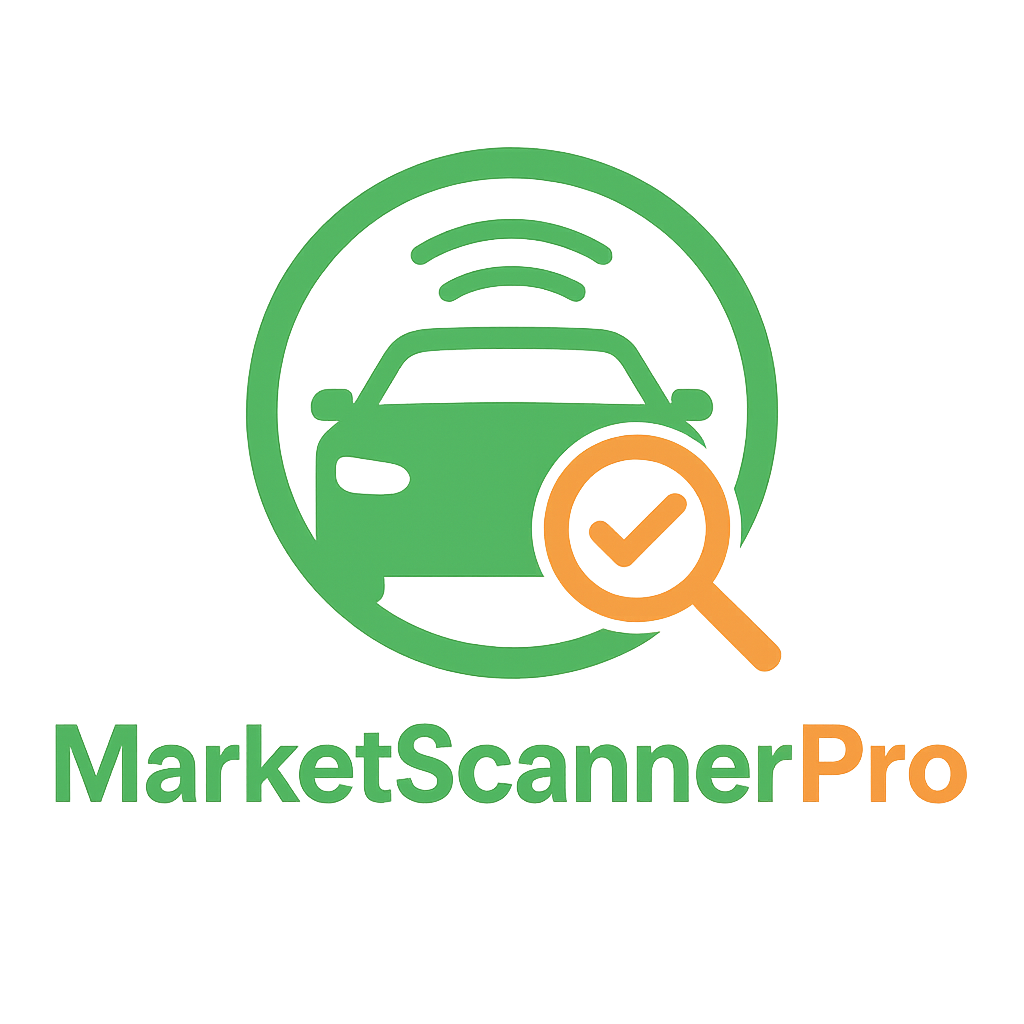When shopping for a used car on Facebook Marketplace or any other platform, a thorough inspection is crucial to avoid costly surprises down the road. While most buyers know to check for obvious issues like exterior damage or engine performance, there are several critical inspection points that frequently go overlooked—even by experienced shoppers.
In this guide, we'll reveal the 10 most commonly missed inspection points that could save you thousands of dollars and countless headaches. These insights come from our experience analyzing thousands of marketplace listings and working with professional mechanics and car buyers.
1. Electronic Control Module (ECM) History
Most buyers remember to check the engine and maybe even bring an OBD scanner, but few think to check if the vehicle's ECM has been recently reset. A reset ECM can temporarily hide serious problems that would otherwise trigger warning lights or affect performance during your test drive.
What to check: Bring an advanced OBD scanner that can show "readiness monitors" and check if they're complete. Incomplete monitors may indicate a recent reset to hide problems.
2. Water Damage Indicators
Flood-damaged vehicles are surprisingly common on marketplace listings, and sellers are getting better at hiding the obvious signs. Water damage can cause long-term electrical issues and safety concerns that might not manifest immediately.
What to check: Look for water lines in unusual places like inside the glove compartment, under the spare tire, and examine seat mounting bolts and screws under the dashboard for rust. Unexplainable musty odors, despite a clean appearance, are another red flag.
3. Hidden Frame Damage
While most buyers remember to check for visible body damage, frame issues are harder to spot yet can significantly impact safety and vehicle longevity.
What to check: Bring a small flashlight and inspect under the car for signs of welding or repairs on frame rails. Look for fresh undercoating that might be covering repairs, and check that door gaps are even all around.
4. Transmission Fluid Quality
Engine oil gets all the attention, but transmission fluid can tell you just as much about a vehicle's health and maintenance history.
What to check: Transmission fluid should be clean and typically red or pink (though some newer vehicles use different colors). Burnt-smelling, dark brown, or black fluid indicates serious problems. Remember to check the fluid with the engine running for an accurate assessment.
5. Tire Date Codes
Many buyers check tire tread depth but forget to verify the age of the tires. Older tires can be dangerous even if they look new and have good tread.
What to check: Look for the DOT code on the sidewall. The last four digits indicate the week and year of manufacture (e.g., "2118" means the 21st week of 2018). Tires over 6 years old should be replaced regardless of tread condition.
6. Cooling System Pressure Test
A failing head gasket or cracked block can be an expensive repair, yet many buyers miss these issues during inspection.
What to check: Bring a cooling system pressure tester or ask to have this test performed. A system that can't hold pressure indicates leaks that could lead to overheating and severe engine damage.
7. Airbag System Integrity
Safety should be your top priority, yet the airbag system is rarely checked during private-party purchases.
What to check: Ensure the airbag light illuminates briefly during startup and then turns off. Use your OBD scanner to check for any stored airbag codes that might have been cleared. Also, inspect the steering wheel and dashboard for signs of tampering that might indicate previous airbag deployment.
8. Evidence of VIN Tampering
Vehicle identification number (VIN) tampering is a serious red flag that could indicate the car has been stolen or has a salvage history that the seller is trying to hide.
What to check: Verify that the VIN matches in all locations: dashboard, door jamb, under the hood, and in the trunk. Look for signs of tampering such as altered labels, different font styles, or signs that plates have been removed and reattached.
9. Suspension Component Wear
A clunking suspension can be expensive to fix, yet many buyers focus on engine performance and forget to thoroughly check suspension components.
What to check: Push down on each corner of the vehicle and release—it should bounce once and stop. During the test drive, listen for clunks over bumps and check for even tire wear, which can indicate alignment issues or worn suspension components.
10. True Mileage Verification
Odometer fraud remains surprisingly common, especially on digital displays that are easier to manipulate than older mechanical odometers.
What to check: Compare the mileage to wear on commonly touched items like the steering wheel, pedals, and driver's seat. Request service records and check that the mileage progression makes sense over time. Use your OBD scanner to check the mileage recorded in various control modules, as these are harder to tamper with consistently.
Never Miss These Critical Inspection Points Again
Our MarketScannerPro extension automatically flags listings with suspicious history, highlights potential problem areas to check during inspection, and gives you real-time market value data so you never overpay.
Join Our WaitlistConclusion
While no inspection can guarantee a perfect vehicle, checking these often-overlooked areas will significantly reduce your chances of purchasing a problematic car. Remember that a professional pre-purchase inspection is always worth the investment for more expensive vehicles or when you're unsure about any aspect of the car's condition.
By taking the time to thoroughly inspect these critical points, you'll shop with more confidence and potentially save thousands in unexpected repair costs down the road.
